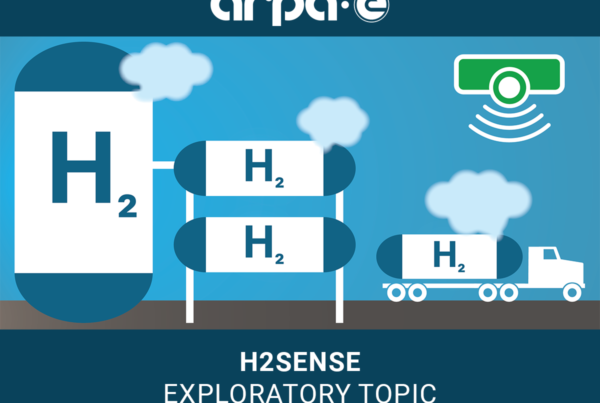
Volvo Construction Equipment (CE) has begun testing its new fuel cell-powered articulated dump truck (ADT), the Volvo HX04. It was the first manufacturer to make one — dubbed Gravel Charlie — and is now revolutionizing again based on its Science-Based Targets initiative (SBTi) to reach net-zero in its entire value chain by 2040.
Its hydrogen fuel cell ADT will expand fuel-cell EVs (FCEVs)in the commercial space as the world grapples with lithium complications and supply chain shortages of more commonplace battery-run vehicles. How will this R&D change the green automotive sector?
The “Electric Charlie” Is Born
The six-wheeled Volvo HX04 is a massive project with various stakeholders that took years of research. It recently hit public roads, a momentous demonstration of green ADT progress. It could change the landscape for commercial construction vehicles and inspire makers for other audiences. It highlights the potential for fuel cell mass production if they become mainstays.
The most impressive aspect of the undertaking was the collaborative effort between various sectors. The Volvo HX04 needed vehicle experts, software developers, chemists, academics, construction professionals and engineers, to name a few. These are the prominent parties contributing to the ADT:
- Swedish innovation agency VINNOVA
- The Swedish Energy Agency
- The Swedish Transport Administration
- RISE Research Institutes of Sweden
- PowerCell Sweden
- Daimler Trucks’ collaboration with Volvo, cellcentric
- Shell’s Department of Hydrogen Mobility
It accents how identifying what’s necessary for the first fuel cell ADT requires cross-industrial experience and expertise. It reflects what the world will need for further environmental and mechanical progress. Eventually, the fuel cell ADT will become so familiar that construction companies can rent used machines confidently while abiding by their corporate social responsibility goals.
The Swedish Fuel Cell Solution
The specs of the Electric Charlie are ambitious. It houses a battery with 12 kilograms of hydrogen that powers it up in less than eight seconds for almost four hours. It relies on the organic reaction when gaseous hydrogen interacts with oxygen, resulting in an electric current.
The ADT has more claim to fame than being fuel-efficient with green hydrogen. Volvo also ensured the steel used to construct the CE was fossil-fuel free, made from a facility that produces no waste that heads to landfill. It demonstrates the company’s priority to look at the entire supply and value chain for sustainable CE results instead of only in-house.
Experimenting with this fuel cell allows Volvo to pioneer overcoming some of HCEVs’ most prominent cons. The cells are hard to store and transport, especially with sparse infrastructure. Its lack of presence makes it expensive to produce while partners find solutions to extract hydrogen in a way that doesn’t rely on fossil fuels.
The Bright Industry Future
The HX04 isn’t mass-market viable until hydrogen refueling infrastructure becomes more accessible to companies and laypeople. It requires even more productive communication efforts among urban planners and city governments.
Traditional gas station companies can rebrand by adopting these resources if FCEV makers like Volvo persuade them to buy into the transition. These conversations will catalyze the future of fuel cells in construction vehicles like the HX04, potentially bringing it to the mainstream faster than the latter part of the decade.
Volvo and its partners can also analyze the optimal way to produce green hydrogen for maximum efficiency. Numerous vessels and machines make this fuel, with water and some heat as the only byproduct. What is the most practical way of forming this technology for vehicles, and can these byproducts have alternative uses after recapturing?
Volvo CE Impacts a Market Without Needing to Be in It
The HX04 isn’t available for sale, yet its impact is rippling through the industry fast. Its ability to withstand the Swedish Arctic on its energy stores is a huge turning point in sustainable automotive development. Hydrogen fuel cell production must move away from being extracted from fossil fuels to make this a truly sustainable endeavor, and Volvo’s effort appears to head in that direction.


Jane Marsh, Contributor
The views and opinions expressed herein are those of the authors and do not necessarily reflect the official policy or position of Fuel Cells Works, its directors, partners, staff, contributors, or suppliers. Any content provided by our contributors or authors are of their own opinion and are not intended to malign any religion, ethnic group, club, organization, company, individual or anyone or anything.
Read the most up to date Fuel Cell and Hydrogen Industry news at FuelCellsWorks




